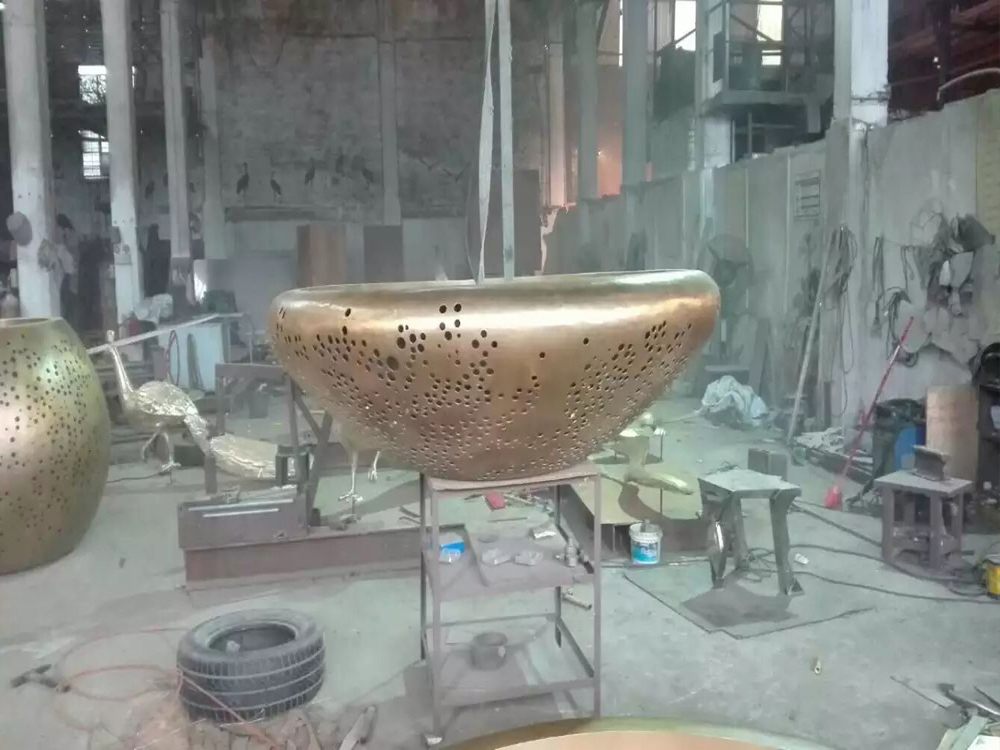
Bronze sculptures, with their timeless elegance and intricate detailing, are playing an increasingly vital role in shaping immersive virtual reality (VR) art experiences. By digitizing these classical artworks into 3D models, VR artists bridge the gap between physical and digital art, allowing viewers to interact with historically significant pieces in unprecedented ways.
One key contribution lies in the tactile realism bronze sculptures bring to VR environments. The material’s reflective surfaces and textured patinas are meticulously recreated using advanced 3D scanning and rendering techniques. This attention to detail makes virtual sculptures feel tangible, enhancing the user’s sense of presence within the digital space.
Moreover, bronze sculptures often carry cultural and historical narratives. When integrated into VR art installations, they add layers of storytelling that deepen immersion. For instance, a virtual gallery might juxtapose ancient bronze artifacts with contemporary digital works, creating a dialogue across time periods that enriches the viewer’s experience.
The permanence of bronze also contrasts beautifully with VR’s ephemeral nature. While digital art can be altered instantly, bronze symbolizes endurance. This duality challenges users to reflect on the intersection of tradition and innovation in art.
As VR technology evolves, bronze sculptures will continue to serve as anchors of authenticity in virtual worlds, proving that even in digital realms, the weight of history matters.

